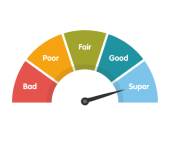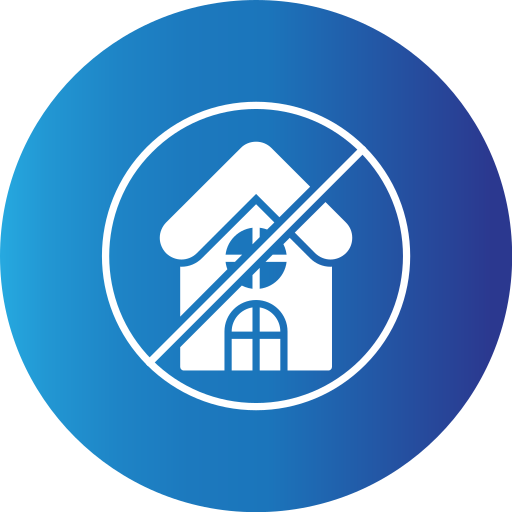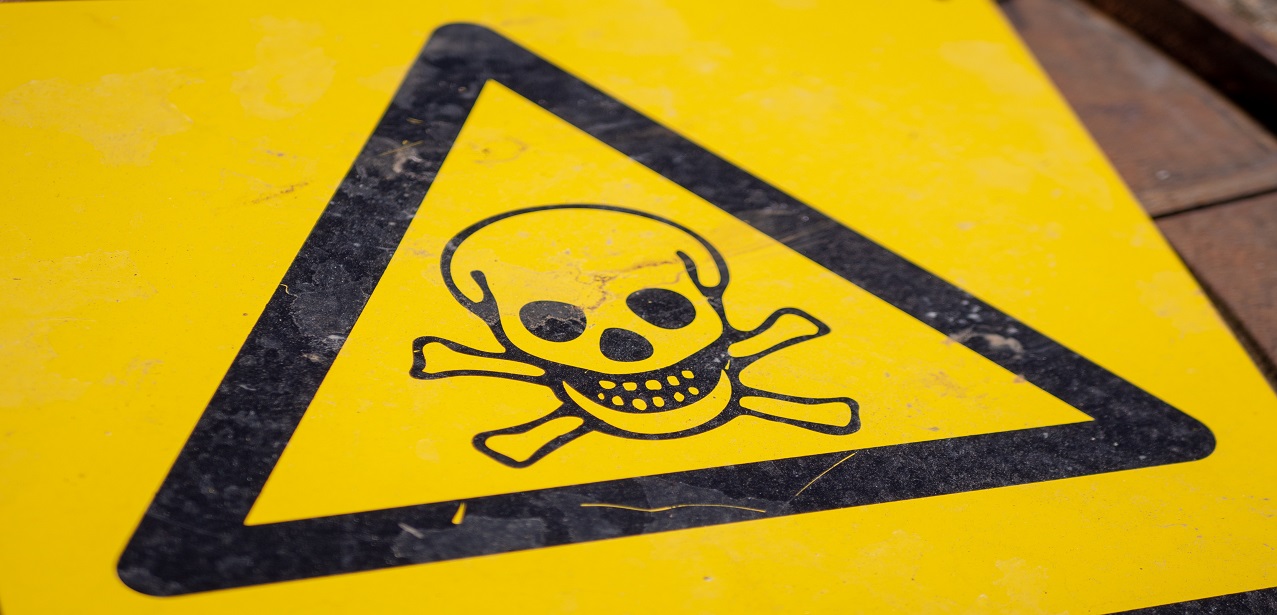Special Offers




Special Offers





What is Hazardous Materials?
Hazardous materials, often referred to as "hazmat," are substances or materials that pose a threat to human health, the environment, or property. These materials can include chemicals, gases, radioactive materials, or biological agents that, when mishandled or released, can lead to accidents, fires, explosions, pollution, or other dangerous incidents. Managing and transporting hazardous materials require strict regulations and precautions to mitigate risks and protect public safety.
Importance of Hazardous materials in Housing Construction
Hazardous materials play a significant role in home construction due to safety and environmental concerns. Many construction materials contain hazardous substances like lead-based paints, asbestos, or volatile organic compounds. Proper handling and disposal are vital to safeguard both construction workers and future occupants from health risks. Additionally, minimizing hazardous waste and using eco-friendly alternatives contribute to sustainable, environmentally responsible construction practices, ensuring a healthier living environment and reducing long-term environmental impacts.
Selecting the Right Hazardous Materials in Home Construction in India
Home construction in India is a thriving industry, with numerous options available for materials and technologies. However, choosing the right materials is crucial, especially when it comes to hazardous materials. The improper selection and handling of these substances can lead to serious health and environmental risks. In this blog, we will guide you on how to make informed choices when dealing with hazardous materials in home construction in India.
1. Regulatory Compliance:
Begin by understanding the legal and regulatory framework in India that governs the use of hazardous materials in construction. Familiarize yourself with laws and guidelines that pertain to specific substances like asbestos, lead-based paints, and others. Ensure your choices align with these regulations to avoid legal complications.
2. Health Impacts:
Prioritize the safety of your family and construction workers. Research the potential health risks associated with the hazardous materials you plan to use. For instance, asbestos can lead to severe respiratory problems, so consider safer alternatives like fiberglass insulation.
3. Environmental Impact:
Consider the environmental consequences of your choices. Opt for materials that are eco-friendly and minimize long-term pollution. For example, choose low-VOC (volatile organic compounds) paints that reduce indoor air pollution and have a lesser environmental footprint.
4. Safe Handling and Disposal:
Hazardous materials should be carefully handled, and their disposal should be managed properly. Ensure that you have a plan for safe storage, use, and eventual removal of these materials, following the guidelines provided by local authorities.
5. Alternatives:
Explore safer alternatives whenever possible. India has a growing market for sustainable and non-toxic construction materials. For example, use fly ash bricks instead of traditional clay bricks, which can contain harmful chemicals.
6. Professional Guidance:
Consult with experts in the field of construction and materials. Architects, engineers, and contractors can provide valuable insights into choosing the right hazardous materials for your project. Their experience can help you make informed decisions.
7. Quality Assurance:
Opt for quality-tested materials that meet national and international standards. Look for certifications and quality marks to ensure the materials you choose are of the highest quality and are less likely to pose health risks.
8. Budget Considerations:
Balancing safety and budget is important. While safer materials might be slightly more expensive, they can save you money in the long run by reducing maintenance costs and health-related expenses.
FAQs related to the selection of the right hazardous materials
1. **What are common hazardous materials used in home construction in India?**
- Common hazardous materials in Indian construction include asbestos, lead-based paints, formaldehyde-containing products, and chemicals with high VOC levels.
2. **How can I ensure the safety of my family and construction workers when using hazardous materials?**
- Prioritize safety by researching the health risks associated with specific materials, following safety guidelines, providing proper protective equipment, and ensuring proper ventilation during construction.
3. **Are there eco-friendly alternatives to hazardous materials for home construction in India?**
- Yes, there are sustainable and non-toxic alternatives. For instance, you can use fly ash bricks, low-VOC paints, and lead-free plumbing materials to minimize health and environmental risks.
4. **What are the legal requirements for handling hazardous materials in home construction?**
- Construction in India is subject to various regulations and guidelines. It's essential to understand and adhere to local, state, and national laws governing the use, handling, and disposal of hazardous materials.
5. **How can I find reputable suppliers of safe construction materials in India?**
- Look for suppliers and manufacturers that provide certified, quality-tested materials. You can also consult with professionals in the construction industry for recommendations on reliable sources for safer building materials.
Conclusion
Choosing the right hazardous materials in home construction in India is a critical decision that demands a balanced approach. By staying informed about regulations, health and environmental impacts, and viable alternatives, you can create a safe and sustainable living space. Always prioritize the safety of your family and construction workers, invest in quality materials, and seek expert guidance. With these precautions, you can build a home that not only stands strong but also protects the well-being of all those who inhabit it.
Explore the key steps of Home Construction from concept to completion